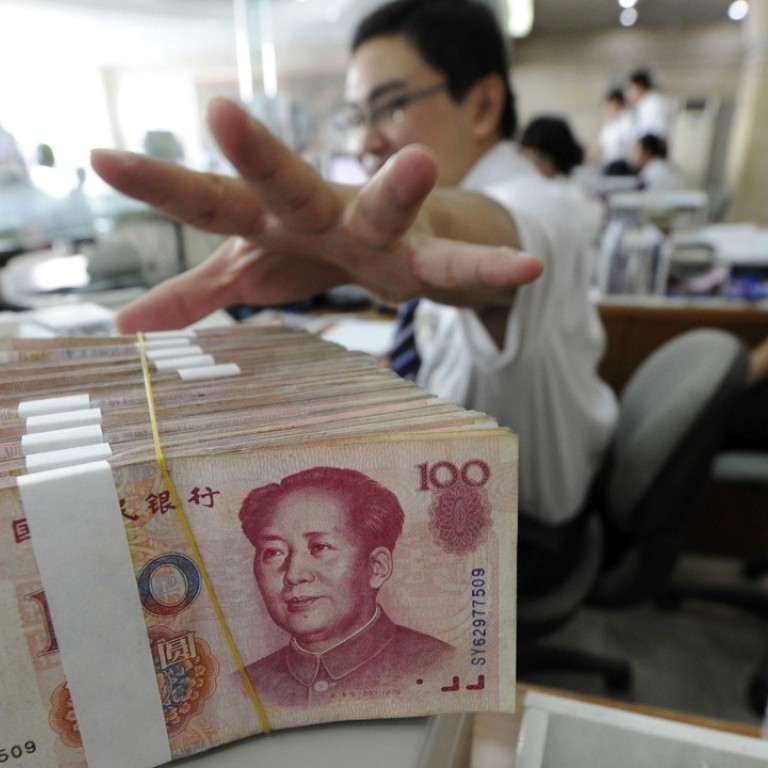
Chinese banks’ asset quality improves on bad-loan write-offs, but pressures remain
Loans overdue for more than 90 days, a leading stress indicator, still exceed NPLs
The asset quality of China’s listed banks improved in 2017 with the trend continuing in the first quarter of this year, but borrowers from industries inundated with capacity glut and high leverage were still exposed to credit risks, putting lenders’ loan quality under significant pressure, according to a report released by consultants EY on Tuesday.
“In terms of asset quality in the second-half onwards [of 2018], we are still cautious as the fall in non-performing loans ratio in 2017 can be partly attributed to the greater bad-loan write-offs and disposals,” said Steven Xu, partner of financial services at EY Hua Ming. “It can hardly be said that we have come to an inflection point. It is better not to be too optimistic.”
EY’s study of 41 listed state-owned banks showed that their NPLs in 2017 increased by just 56.8 billion yuan (US$9 billion) to 1.3 trillion yuan, with the weighted average NPL ratio dropping to 1.55 per cent from 1.65 per cent in 2016.
The portion of special mention loans and overdue loans, two categories that could deteriorate into NPLs, also fell.
The lenders continued to show improvements in the first quarter of this year. The NPL ratio of 29 listed banks dropped from 1.55 per cent to 1.52 per cent at the end of March, while year-on-year net profit growth accelerated to 5.95 per cent from 4.87 per cent.
But data from the China Banking and Insurance Regulatory Commission showed that the banking sector’s NPL ratio showed a marginal uptick from 1.747 per cent at the end of 2017 to 1.75 per cent at the end of March, the first increase in five quarters.
Since the CBIRC monitors the entire banking sector which includes many small unlisted banks, industry-wide asset quality remains a problem.
EY noted that for most joint-stock banks and city and rural commercial banks, the amount of loans overdue for more than 90 days, a leading indicator of stress, still exceeds NPLs. It stood at
105.98 per cent of NPLs for joint-stock banks and at 110.9 per cent for city and rural commercial banks at the end of 2017.
In 2017, banks stepped up write-offs and disposal of NPLs, transferring a total of 582.3 billion yuan of loan impairment reserves, up by 10.4 billion yuan from 2016.
“Without these write-offs and disposals, NPLs will certainly grow. So we’d better keep a prudent credit risk prevention,” said Xu.
Furthermore, a new CBIRC rule in March that encouraged banks to more strictly classify bad loans is expected to drive banks to report more NPLs. Previously many potential NPLs were disguised as special mention and overdue loans to hide their impact on banks’ profit. Under the new rule, banks which book bad loans more rigorously, will have a lower impairment provision requirement.
“This will give rise to NPLs, but truer risk exposure is a positive,” said Frank Jiang, partner of financial services at EY Hua Ming.

